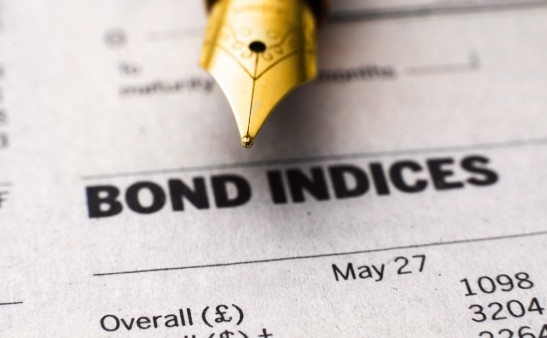Euro zone bond yields rise on report ECB will act to reduce scarcity

LONDON : Germany’s two-year bond yields shot up from record lows on Wednesday after a report that the European Central Bank is looking to lend out more bonds to avert a market freeze.Broader European bond yields also came under upward pressure as a sell-off in global bonds markets resumed. British gilt and U.S. Treasury yields soared while Italy’s 10-year bond yield hit its highest level since September 2015.
The two-year German Schatz yield rose more than 7 basis points from a record low hit after central bank sources told Reuters the ECB is looking for ways to lend out more of its huge pile of government debt to avert a freeze in the 5.5 trillion-euro short-term funding market.
“The story does leave me feeling more confident that the ECB is going to extend the asset-purchase programme in December,” said Mizuho rates strategist Peter Chatwell.
“If they are making technical changes, that implies they are thinking about everything that needs to take place to allow the programme to run for longer.”
Two-year German bond yields have fallen sharply this week, hitting a record low of minus 0.75 percent in early trade.
ING attributed the move to a growing scarcity of collateral as short-dated German government bonds are often posted as collateral for short-term borrowing in repo markets.
“Not everyone has access to the ECB’s deposit facility, so they turn to a safe place to put their cash,” ING strategist Benjamin Schroeder said.
The ECB’s bond-buying programme, which has so far pumped well over 1 trillion euros into the system, has left many investors with an excess of cash.
Dutch and French equivalent bonds were yielding minus 0.69 percent and minus 0.60 percent respectively, but were 3 bps higher on the day by 1630 GMT.,
Euro zone bond yields in general headed back towards recent highs hit after the U.S. presidential election victory of Donald Trump on Nov. 9, with 10-year German Bund yields up 4 bps at 0.27 percent.
Trump’s views on fiscal expansion have pushed bond yields up in recent weeks because of increased growth and inflation expectations.
U.S. 10-year Treasury yields hit their highest level since July 2015, while two-year bond yields hit a 6-1/2 year high of 1.147 percent.
British gilt yields were up 11 bps, rising after Britain ramped up its borrowing forecasts by much more than expected and said the vote to leave the European Union would weigh heavily on the economy.
Indicators pointing to solid economic growth in the euro zone’s two largest economies also played into a theme of a changing outlook for world bond markets.
Survey results released on Wednesday showed Germany’s private sector grew steadily in November, helped by stronger-than-expected activity at services companies, and France’s business activity picked up in November, driven by faster growth in the services sector.
Germany meanwhile sold 2.514 billion euros in a top up of its 0.00 percent, 10-year Bund. Portugal sold 700 million euros worth of bonds maturing in April 2021, just below the upper band of its offer range of between 500 million and 750 million euros.
Later on Wednesday, the U.S. Federal Reserve will release minutes from its policy meeting earlier this month.
